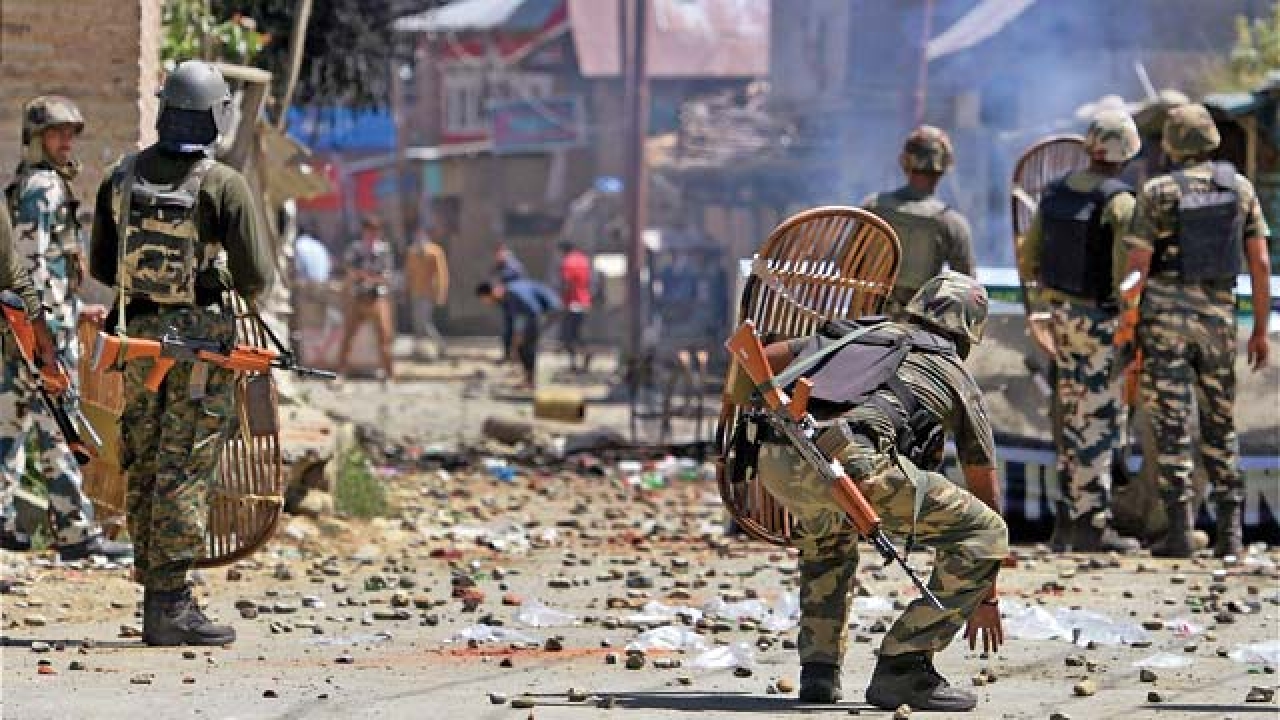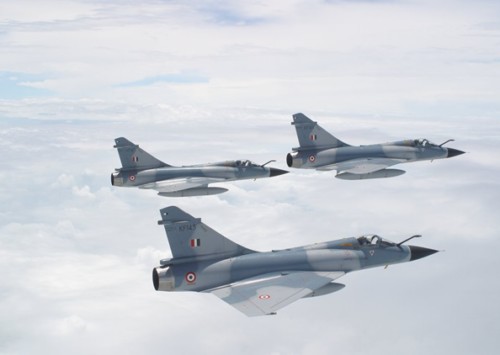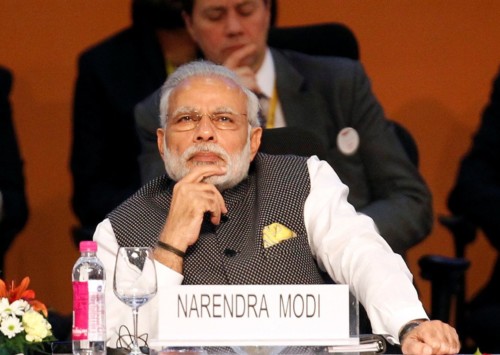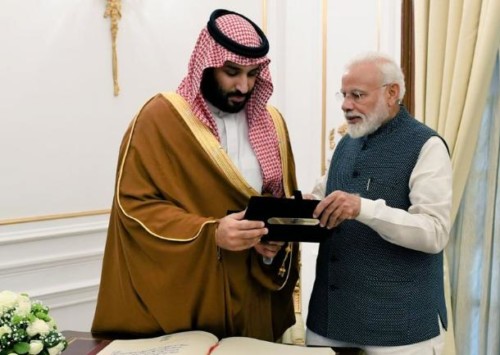India’s fight against terrorism

According to government’s own figures, terrorist incidents in J&K increased 177 pc over four years to 2018, from 222 to 614
From resolving the Kashmir issue to ramping up intelligence activities, there is a lot that India needs to do in order to win its war against terrorism.
With the Pulwama terror attacks on February 14, it has become clear that India has not learnt any lesson from the previous terror attacks in Mumbai or Pathankot. The terror activities in the country are rampantly increasing. Soon after the Pulwama attack Kashmir was again shaken on March 7, when a grenade blew up at a crowded bus stand, killing one person and wounding many others. With one after another attack, the situation in Kashmir is worsening. The year 2018 alone witnessed the most terrorist incidents over the last five years, 80 pc increase over 2017. Opposition parties claim that 18 major terror attacks have taken place on our security installations including CRPF camps, Army camps, Air Force station and military stations –Gurdaspur, Udhampur, Pampore, Uri, Nagrota, Pathankot, Amarnath Yatra attack, Sunjwan Army Camp, after the Modi government has come to power.
Intelligence failure
The Pulwama attack was a big blow for the government that showed the malfunction of the intelligence agencies. “The entire episode of Pulwama was not a job done by one man. There would have been a whole team behind him,” said former Research and Analysis Wing (RAW) chief Vikram Sood.
The fact that the suicide bomber carried 300 kilograms of explosives through the check posts that is a highly sanitized zone, led by a senior-rank officer shows the huge gap in security. That apart there are numerous check posts that have soldiers, who guard the convoy.
Not only there was a gap in security but the intelligence agencies also did not take the necessary action in time. On February 8, the Kashmir Police had sent an intelligence input to the CRPF, BSF, ITBP, SSB, Army and the Air Force warning of a possible IED attack, according to a letter written by the state police Inspector General. Headlined “extremely urgent”, the intelligence input sent on behalf of the Inspector General of Police, Kashmir, asked all security agencies to “sanitize areas properly before occupying your place or deployment as there are inputs that IEDs could be used”.
Not just this, the Jammu and Kashmir police had also shared a video clip carrying threats of a suicide attack and its modus operandi that was uploaded on a private Twitter account. The intel input was shared with all security agencies two days before the Pulwama attacks, but the authorities chose to sit on it. The police had also made a dummy video to explain how the terror act may be executed.
Twitter handle “313_get” carried a threat “InshaAllah… its will same in Kashmir…endian are flying in parts…InshaAllah (sic)”.
Ramping up intelligence activity
More than a decade after the 26/11 attacks the counter terrorism capabilities of India seems to be uncoordinated and chaotic. After the Mumbai attacks the National Counter Terrorism Centre (NCTC), was to be founded to bring a multitude of agencies under a unified command that would have been responsible for preventing terrorist attacks. However, even after a decade the proposal is still just a piece of paper.
Ajai Sahni, executive director of the Institute of Conflict Management, is accurate in locating the problem in “the glacial pace of an early 20th century structure of governance trying to cope with an exponentially accelerating 21st century problem,” saying that Indians “can’t have first-rate counter-terrorism in a third-grade policing system.”
The Indian police and internal security system is highly disorganised and poorly coordinated, as the federal political system leaves most policing responsibilities to states. The state police forces are given inadequate counter-terrorism training and equipment, to be effective in containing a terrorist incident. If one takes the example of countries like the US, the Federal Bureau of Investigation (FBI) has its own helicopter unit to for critical interventions. Whereas on the other hand India’s modernisation plans of INR 14 billion continues to be just a paper work. India needs to start its counter terrorism methods from processing intelligence alerts, mobilising first responders and carrying out its operations under a well-defined command-and-control system.
The Kashmir conflict
In 2014 when Prime Minister Narendra Modi came to power he sought a debate on Article 370. This was a pacifying approach by a party who had itself nullified Article 370 as part of its core agenda. Article 370 exempts Jammu and Kashmir from the Indian Constitution and permits the state to draft its own Constitution. It restricts Parliament’s legislative powers in respect of Jammu and Kashmir. In December 2014, the Bharatiya Janata Party (BJP) came to power in the state for the first time, forming a coalition government led by the People’s Democratic Party (PDP).
Ever since then a series of militant attacks, growing death toll, protests against the government and the demarcation between the Muslim-majority Kashmir and Hindu-majority Jammu, has followed. In the year 2015 there was rise in local militancy group, after Hizbul Mujahideen Commander Burhan Wani’s activity on the social media. In the same year a poster of 11 militants posing with a gun went viral. Burhan was killed in 2016 following which there was an outrage in the valley.
There has been a significant rise in the number of Kashmiri youths joining the terrorist organisations. According to statistics that India’s Multi-Agency Centre, the body responsible for collecting intelligence on terrorist activity, has compiled, the number of Kashmiri youth turning to terrorism has grown substantially between 2014 and 2018. A total of 63 militants recruited in 2014, which doubled to 128 in 2017 and in 2018, 82 had joined militant ranks till just July.
As more and more Kashmiri youths started becoming militants, anti military operations in the state also swelled up. The Indian government claims credit for “neutralising” 276 militants in 2018, more than double the 114 that were killed in 2014, the year the BJP came to power. However, the number of soldiers killed has more than doubled too – from 46 in 2014 to 95 in 2018. In the first two months of this year itself, more security personnel have than in all of 2014 and the number of civilians killed has tripled from 28 in 2014 to 86 in 2018. Army chief Bipin Rawat said civilians who intervened in gunfights would be treated as “terrorists”.
A number of incidents that followed in the state showed the inefficiency of the army and the government on dealing with issues in the most sensitive zone in India. In April 2017 Leetul Gogoi, an officer in the Indian Army, tied up a civilian to the front of a jeep, allegedly to ward off stone pelters, an incident that was supported by then defence minister Arun Jaitley. The following year, the entire nation was appalled after an eight-year-old Muslim Bakerwal girl was allegedly gangraped and killed in Jammu’s Kathua district in January 2018. The accused- all Hindus, were defended by a prominent BJP leader, who also held a rally in their support.
In May 2018, during the month of Ramzan the Centre announced a ceasefire an approach that was rejected by militant groups. But soon it was called off as the militant attacks on security forces had escalated, following which the BJP walked out of the coalition with PDP and the state went under governor’s rule. According to experts the alliance that crumbled more than two years before its time is a clear indication that Modi’s Kashmir policy was nothing but a big failure.
According to government’s own figures, terrorist incidents in J&K increased 177 pc over four years to 2018, from 222 to 614; 838 terrorists were killed over the last five years, a 134 pc increase from 110 in 2014 to 257 in 2018. According to the BBC, in 2016 and 2017, 17 protesters died of pellet gun wounds and as many as 3,000 sustained eye injuries. The government needs to understand that these tactics has only aggravated the existing bitterness among the people of the valley.
Even though the violence in the valley has dropped from its peak in 2001-2002 (when over 4,500 people died in a year) almost every year, but every now and then there are news reports of some rife. In 2018 457 died, including 95 security personnel and the number is more or less static for the last decade or so -about 200-300 soldiers, terrorists and civilians.












